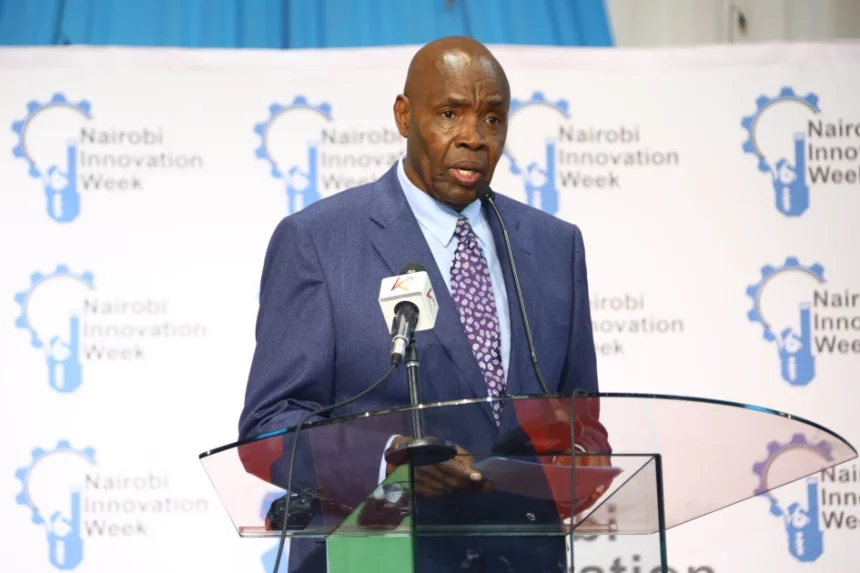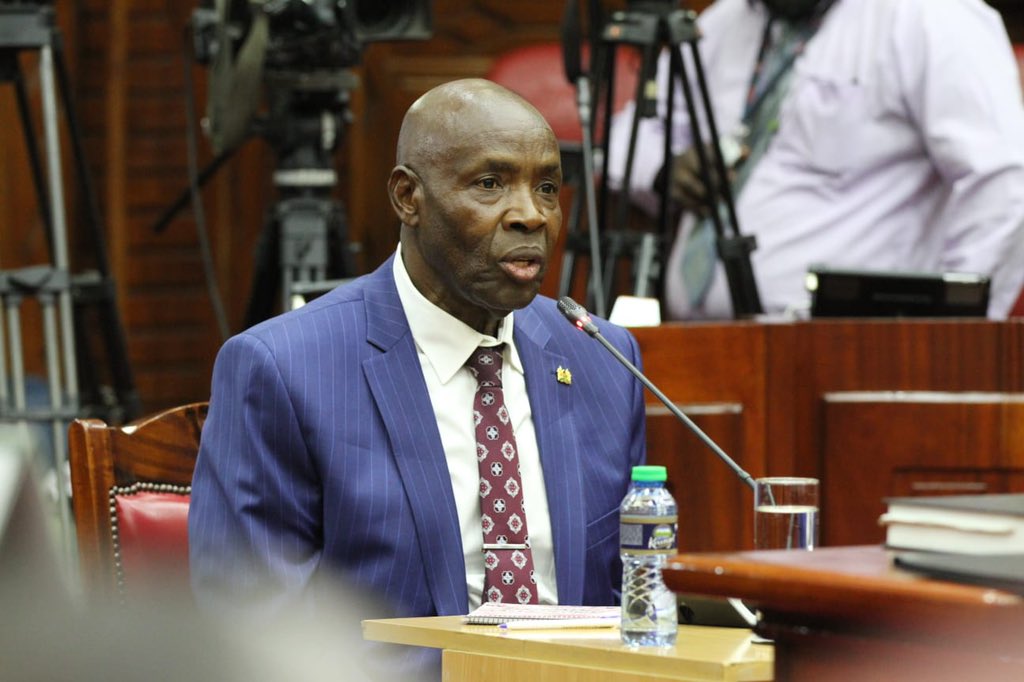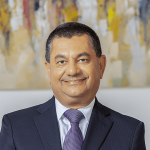Education Cabinet Secretary Ezekiel Machogu has released the placement results for universities and Tvet colleges for the 2022 KCSE candidates.
He said the number of students who secured placement to degree programmes is 140,107 (130,485 to public universities and 9,622 private universities).
Mr Machogu said this represents 80.9 per cent of the 173,244 students who qualified for degree programmes.
“144,500 applicants have been placed in TVET institutions, while 560 applicants have been placed to Secondary Teacher Training Colleges,” the CS said..
He said Kuccps got results for 877,054 of whom 870,561 are Kenyans but 23,138 students who qualify for university admission did not apply at all.
“Those who qualify for diploma but didn’t apply are 136, 592 (63 per cent) while those who qualified for certificate courses but didn’t apply are 249,149 (86.42 per cent),” Mr Machogu said.
He said the placement results for all the applicants will now be posted on the KUCCPS Student’s Portal. The results can also be accessed by sending the applicant’s KCSE index number through SMS
to 20842.
The Kenya Universities and Colleges Central Placement Service (Kuccps) finalised the exercise after the third revision of course and institution choices closed.
” Send your index number starting with your KCSE year to 20842. No space, no slash,” KUCCPS said.
He said students who require funding must make formal application through Higher Education Financing portal, accessible at www.hef.co.ke. This is the new funding model that has effectively replaced the automatic capitation that was in place before.
This marks an end to the automatic capitation all government sponsored students used to enjoy. Sponsorship will now be based on a student’s economic background.
“Out of the 2022 KCSE graduates, over 45,000 university students and 42,000 Tvet students categorised as vulnerable and extremely needy, will be fully funded with the Government Scholarship and Loans. The categorisation will be realised through a reliable scientific method Means Testing Instrument, used to determine the student’s level of financial needs, to ensure they are supported adequately. However, the continuing students will not be affected by this funding model and will continue to receive their funding based on the Government’s existing model,” Mr Machogu said as he released the results at the Kenya School of Government in Nairobi.
The learners will have one month to prepare as the academic calendars for tertiary institutions begin in September.




